
Rabies is perhaps the world’s most notorious zoonosis, and is fatal in 99% of cases. The disease is caused by a virus, and was historically referred to as ‘hydrophobia’, due to an infected person’s perceived panic when presented with liquids. The word ‘rabies’ comes from the Latin for ‘madness’, another perceived symptom of the disease in its final stages.
The Centers for Disease Control and Prevention (CDC) explains that the virus causes “acute encephalitis” in mammals. Rabies is most prevalent in Asia and Africa, and is almost always spread by infected dogs in these regions. However, in the US, more than 90% of rabies cases occur in wildlife, such as raccoons, skunks, bats and foxes, says the CDC. In the US, dog owners are legally obliged to vaccinate their animals against rabies, which has led to dogs making up only a small number (about 1%) of rabid animals reported every year. Rabies can be transmitted through the bite or scratch of an infected animal.
While dogs are the most common source of transmission in Africa, other animals, such as cattle and horses, can also become infected with rabies and spread the disease to other animals or humans.
Most pets get rabies from having contact with wildlife.
As rabies leads to encephalitis, which is the inflammation of the brain and spinal cord, the later stages of the disease present with many neurological symptoms, such as hydrophobia, paralysis, hallucinations, delirium and insomnia.
ANIMALS
This story is from the February 09, 2024 edition of Farmer's Weekly.
Start your 7-day Magzter GOLD free trial to access thousands of curated premium stories, and 8,500+ magazines and newspapers.
Already a subscriber ? Sign In
This story is from the February 09, 2024 edition of Farmer's Weekly.
Start your 7-day Magzter GOLD free trial to access thousands of curated premium stories, and 8,500+ magazines and newspapers.
Already a subscriber? Sign In
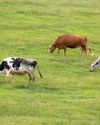
Africa goes from net carbon sink to source
New research shows Africa's impact on greenhouse gases and the need to focus on climate-smart agriculture
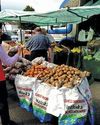
Ireland potato farmers unable to complete planting
Irish potato farmers have reported a delay in harvest and said that the UK might have to prepare for shortages of the produce. The shortfall is due to extreme wet weather during their planting season.
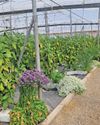
Zero-residue fresh produce a reality
Retail giants are calling for caution when using biologicals and chemical pesticides,

Big boost for mohair producers in Eastern Cape
A collaboration between the Eastern Cape Development Corporation (ECDC) and the Mohair Empowerment Trust (MET) has resulted in a R1,4 million injection into four emerging Angora goat farming operations in the Eastern Cape.
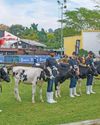
KZN Youth Show at Roval Agricultural Exhibition
The KZN Youth Show will run from Friday, 24 May to Sunday, 26 May at the Royal Showgrounds in Pietermaritzburg.
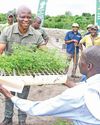
Hemp permits and irrigation system handed over
In an effort to fast-track the entry of rural farmers into the cannabis and hemp industries, KwaZuluNatal Minister for Agriculture and Rural Development, Super Zuma, visited the Shukasibheme Project in Mbazwana, a co-operative in Mseleni, uMhlabuyalingana in the Umkhanyakude District, to hand over cannabis and hemp permits as well as a borehole and irrigation system.

Meet some of the heroes behind avitourism destinations
Exploring what the Garden Route offers birdwatchers, Brian Berkman discovers some special people who run hospitable places to meet and see a variety of species.
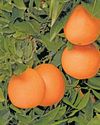
What the Citrus Academy offers aspiring producers
Cobus du Plessis takes a look at the Citrus Growers' Association of Southern Africa's Citrus Academy and how it is helping to develop aspiring farmers in the sector.

Natural-born killers of the insect world
The Myrmeleontidae family of lacewings from the Neuroptera order of insects consists of about 2 000 species of which 125 are found in South Africa.
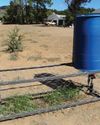
Seeder kick-starts vegetation in challenging environments
Dr George Craven of Noorspoort, Steytlerville, in the south-eastern Karoo, is successfully using a home-built 'bedstead seeder' to re-establish veld plants in an arid area, writes Roelof Bezuidenhout.